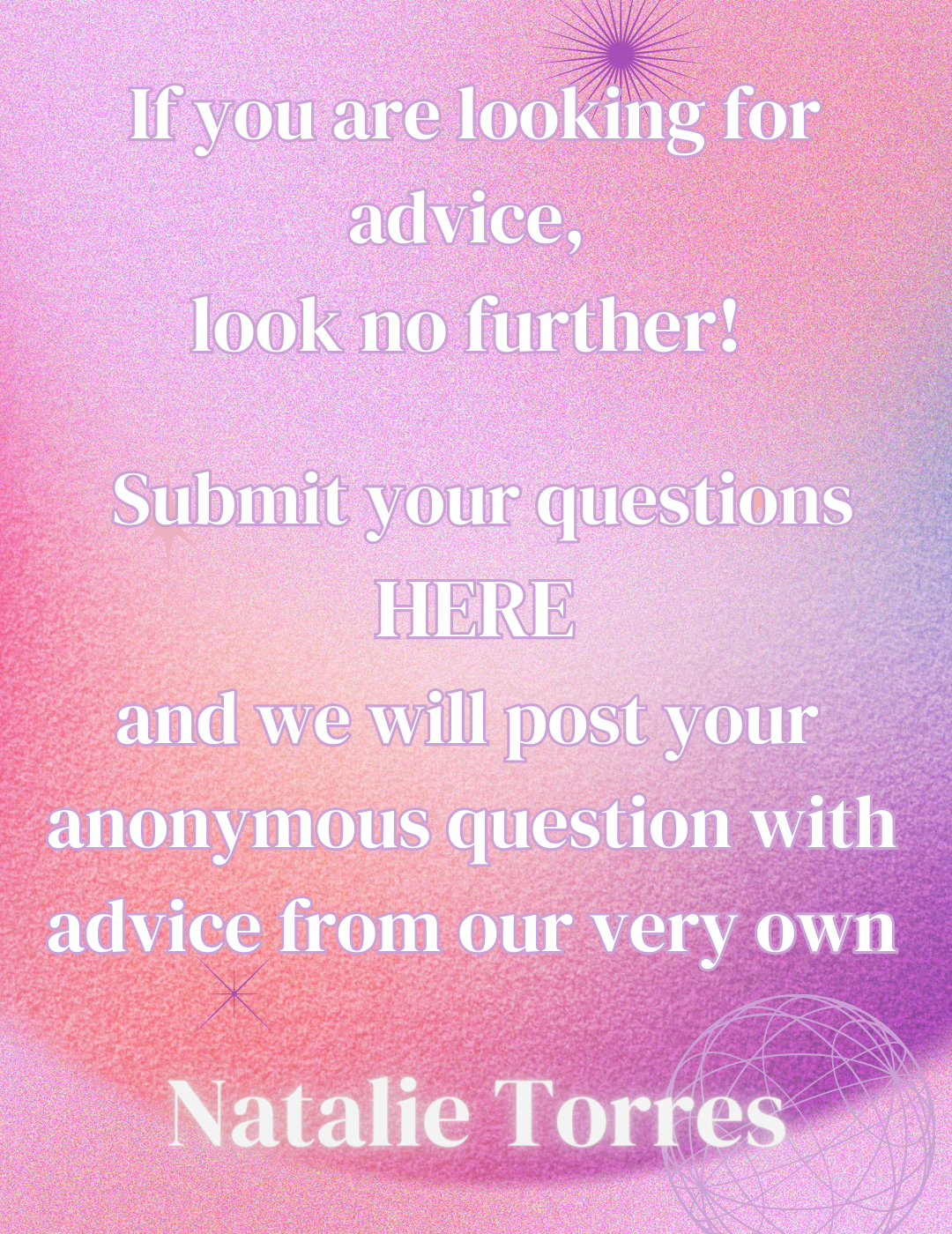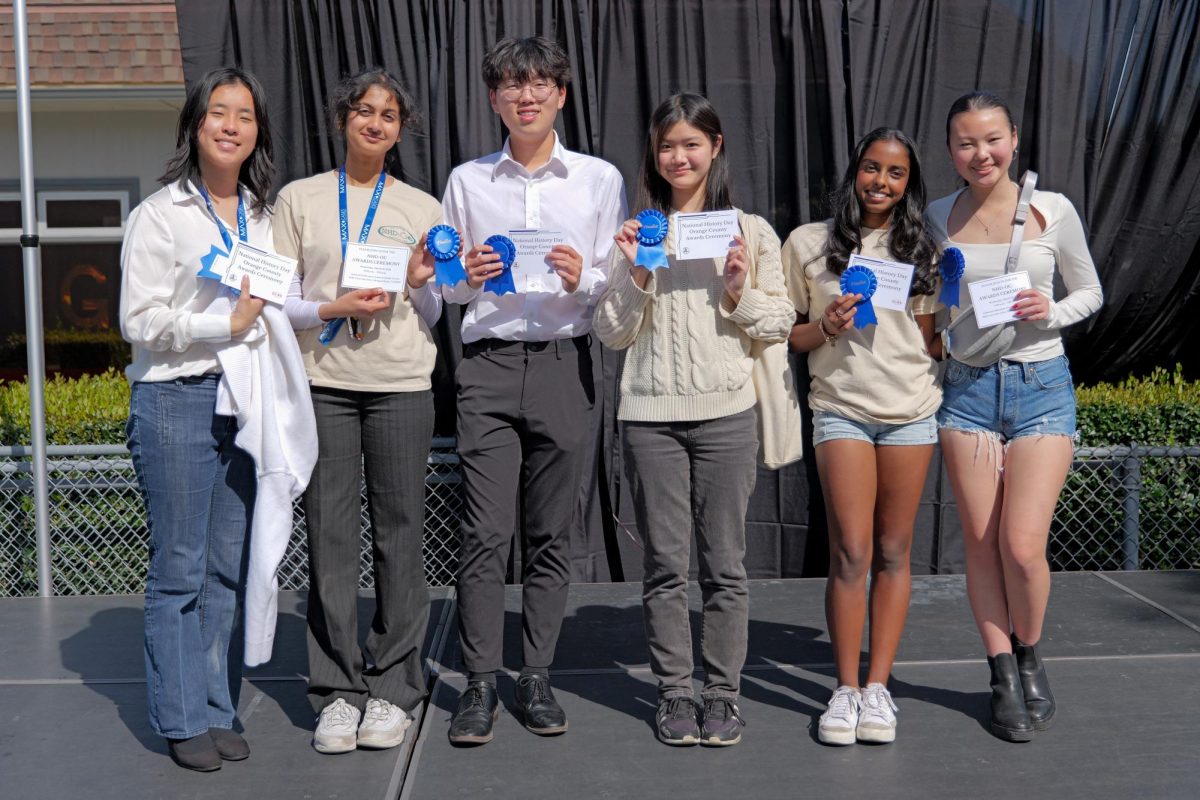
(ERIC SEALS/Detroit Free Press/MCT)
On May 7, 2014, Michigan Attorney General Bill Schuette appealed a Federal District Court to restore Michigan’s gay marriage ban, supporting his claims by referencing the United States Supreme Court’s recent anti-affirmative action decision. Michigan’s appeals have national attention to nationwide implementation of affirmative action polices, especially concerning gender and racial discrimination. On April 22, the United States Supreme Court upheld Michigan’s initiative to ban affirmative action policies utilized by public universities, public employment and government contracting within the state. Affirmative action policies, which favor minority groups and groups suffering from discrimination in terms of employment or admission into higher institutions of learning, are banned in California, Florida, Arizona, Washington, Michigan, Nebraska, Connecticut, New Hampshire and Oklahoma.Initiated by the Roosevelt Administration, affirmative action policies have recently revisited national concerns. According to The New York Times, the controversy surrounding the Michigan initiative (also called Proposal 2) specifically dates back to the Supreme Court’s pro-affirmative action decision in the 2003 Grutter v. Bollinger case, which upheld law school admission processes using race as a factor to increase ethnic diversity. In response to the 2003 case, 58 percent of Michigan voters in 2006 approved an amendment (Proposal 2) banning the implementation of affirmative action policies utilized by Michigan state institutions of learning and/or employment. However, pro-affirmative action advocates sued and requested the measure to be evaluated at a federal Court of Appeals.At the Sixth Circuit United States Court of Appeals Cincinnati, the case was ruled unconstitutional for violating the equal protection clause of the Fourteenth Amendment, which states that the government cannot deny citizens “equal protection of the laws.” Yet, the 2011 decision was deemed controversial and the case passed on to the Supreme Court.
The Supreme Court has favored the Michigan initiative to ban affirmative action policies of schooling and employment in federal establishments. Despite the majority approval of the bill, Justices Sonia Sotomayor and Ruth Bader Ginsburg remained opposed to the anti-affirmative action decision. According to the Los Angeles Times, Sotomayor believes the Constitution and this initiative do not protect racial minorities. She said, “Race matters in part because of the long history of racial minorities being denied access to the political process.”
California’s Proposition 209 currently prohibits state governmental institutions from considering race, sex or ethnicity as factors of admission or employment, especially in context of public education admissions processes at the college level. University of California and other Californian public institutions of higher learning claim that race is not a factor in their admissions process. However, schools nationwide including Ivy League universities do favor affirmative action. High school students of Asian or Caucasian descent with similar credentials to those of students from an ethnic group with lower representation in universities can be passed over in favor of students from a minority group so that the university can expand their campus’ diversity. For example, if an Asian student and a Hispanic student both have the same grade-point average (GPA), SAT or ACT score, and similar extracurricular activities, the university will most likely admit the Hispanic student because there are lower rates of Hispanic representation within universities compared to the state. According to The New York Times, at the University of California at Berkeley in 2011, only 11% of freshmen were Hispanic even though 49% of the state’s college-age residents were Hispanic.
According to the University High School (UHS) website, 48% of the student population is Asian and 36% is Caucasian. Mr. John Pehrson (Admin.) said that he does not foresee the breakdown changing in the near future “based on the boundaries and lack of room for new construction that feed into UHS.” Since UHS students apply to selective universities annually, the affirmative action policies of certain universities can directly affect the application process of current and future students of all ethnicities.
By CHRISTINE SMET
Staff Writer
Michigan upholds its anti-affirmative action polices
May 11, 2014
Story continues below advertisement
Donate to Sword & Shield
$180
$1000
Contributed
Our Goal
Your donation will support the student journalists of University High School. Your contribution will allow us to purchase equipment and cover our annual website hosting costs.








